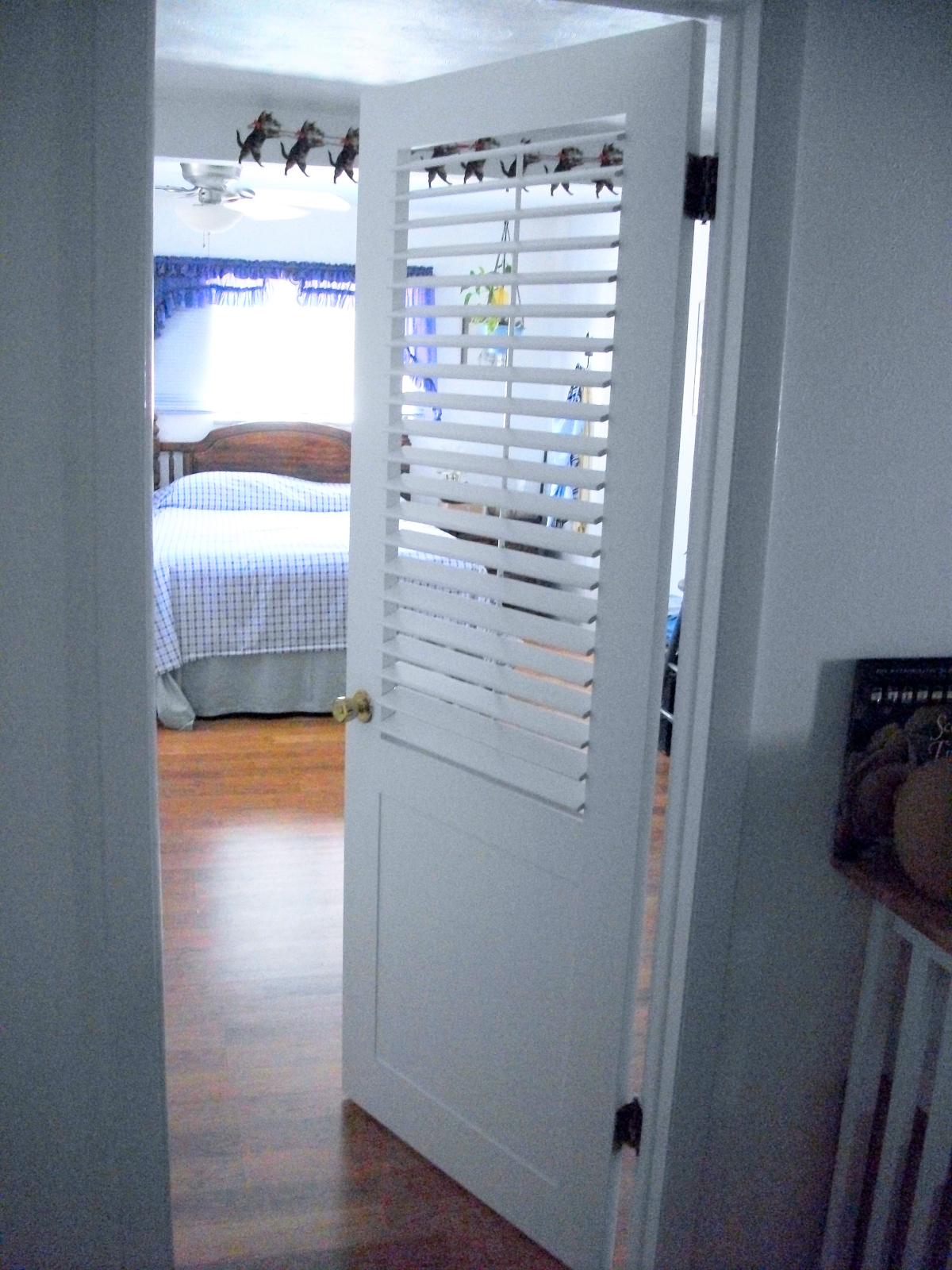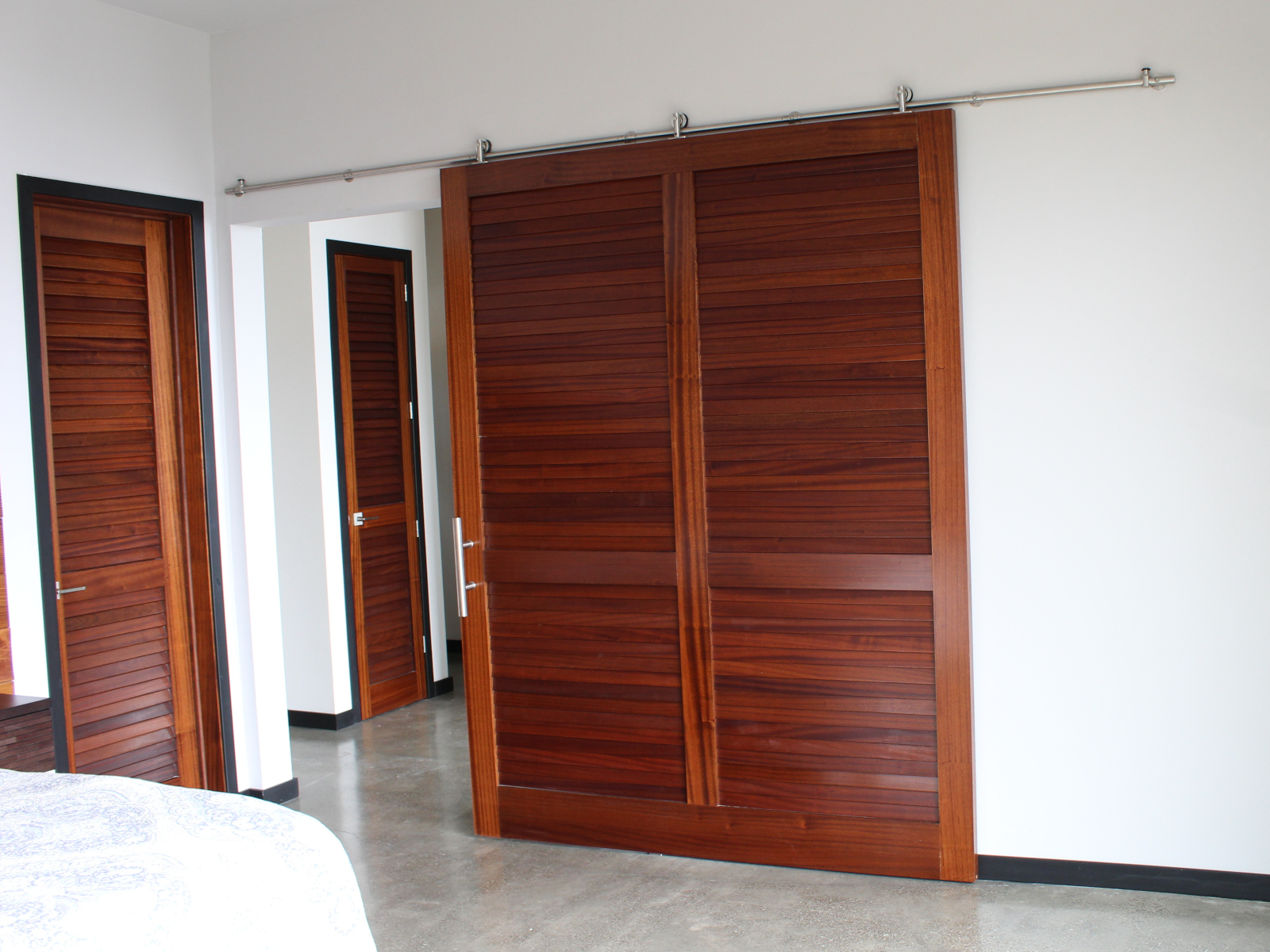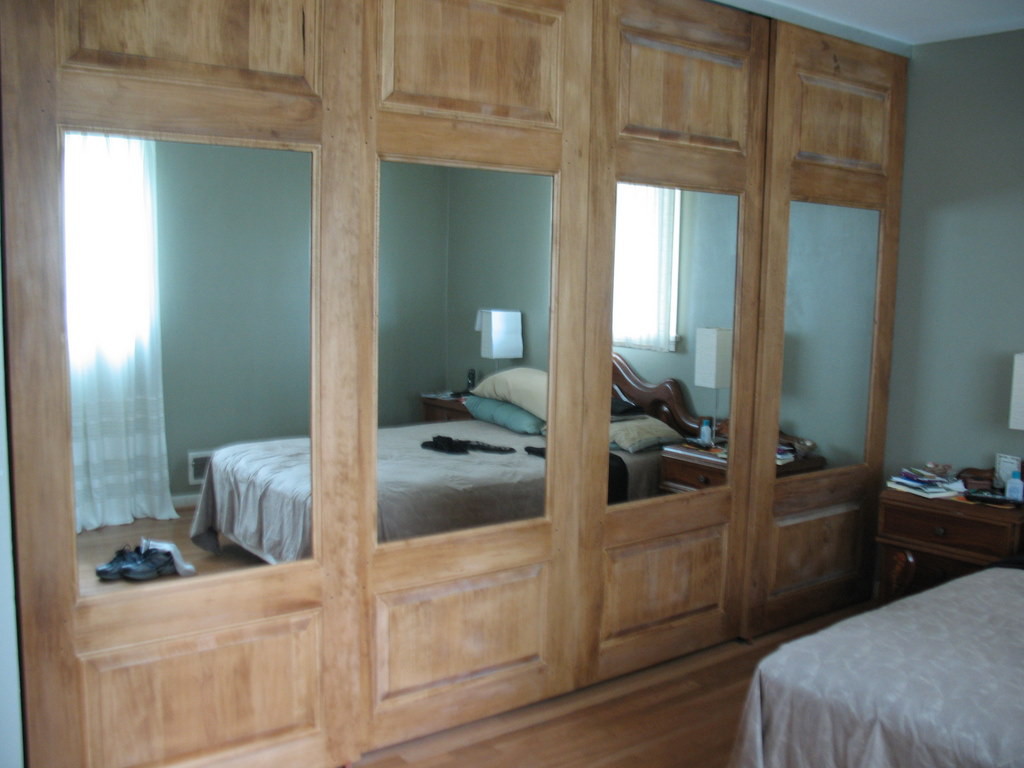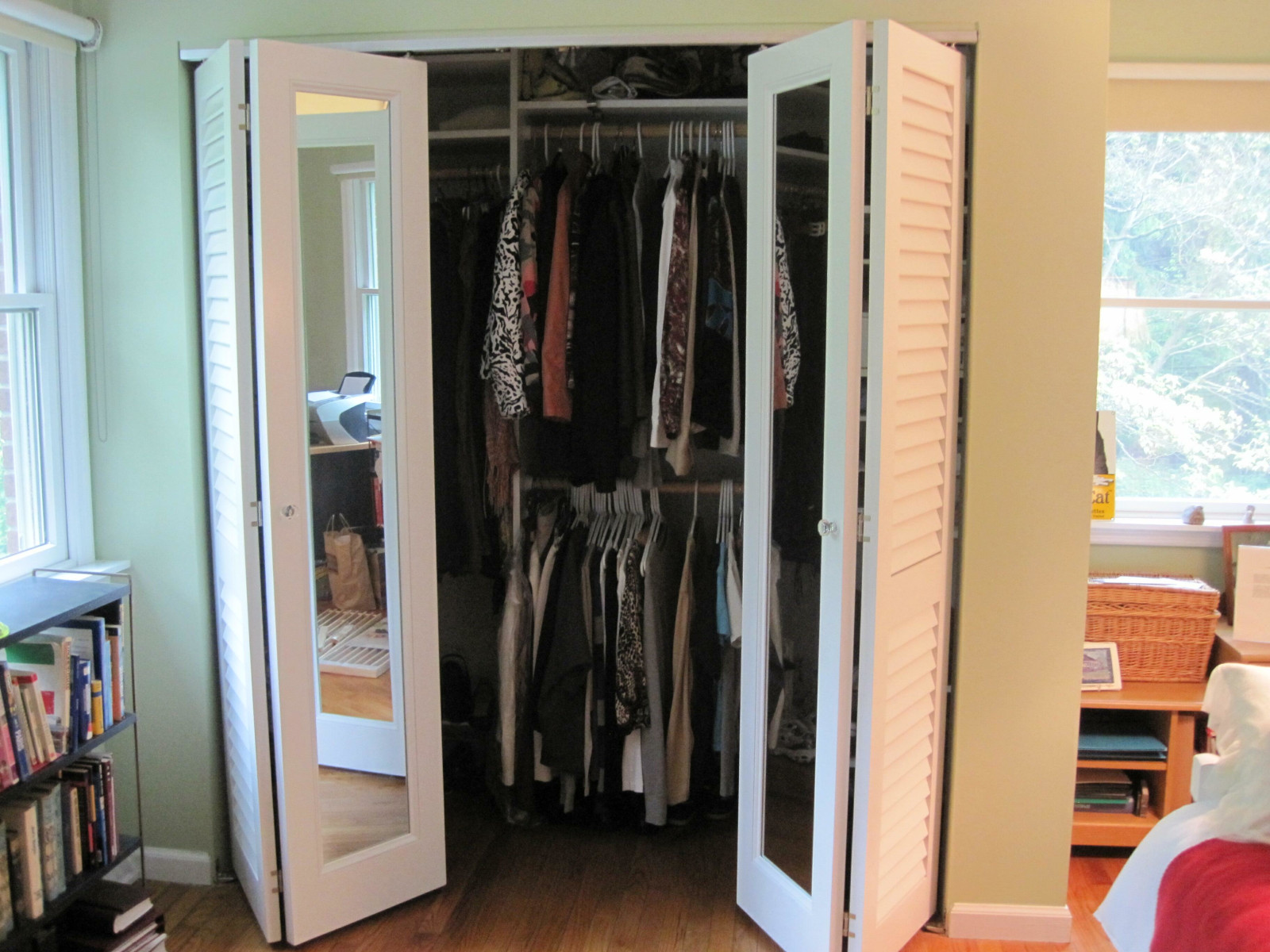Here at Kestrel we make our custom sized interior doors and closet doors in three standard thicknesses; 1.1/4″, 1.3/8″ and 1.3/4″. Since we build all of our doors from solid wood using pegged, mortise and tenon joinery, the doors will be very sturdy regardless of the thickness. However, a thicker door will have added stability …
Closet Doors
Kestrel Closet Doors
Hardware Options for Sliding Closet Doors
Interior doors of any style can be mounted as a sliding closet doors; all that it takes is the correct type of sliding door hardware! However, there are a few options that you need to consider when it comes to the hardware: How do you plan to use your Sliding Closet Doors? Before we look …
Glass Inserts for Custom Interior Doors
Looking for a simple way to personalize your interior doors? Our 6500 series interior doors feature removable trim which can be used to hold glass, mirrors and most any other flat panel from dry eraser board to woven reeds. We can supply you with clear and frosted tempered glass. Pantries, bedrooms and closets alike, even …
Do I need a Bottom Track for my Closet Door Hardware?
A common misconception is that closet door hardware, especially hardware for sliding closet doors, requires a bottom track. The belief is that the bottom track helps support the weight of the doors as well as keep the doors aligned. The Johnson Hardware, that we supply with our closet doors, is actually designed the other way …
Hardware for Bifold Doors
When it comes to closet doors, one of the most popular ways to mount them is as bifold doors. Basically this means that the doors are hinged together in pairs and will open and close in pairs. While there doesn’t seem like there would be much variation in the hardware for bifold doors there are …
Tailored to Fit Fabrics for both Doors and Shutters
Fabric prints and solids for both window shutters and interior doors are a really neat idea because it becomes so easy to change a room’s appearance with beautiful patterns and textures- Change the fabric panels throughout the seasons or by whim to update home decor without changing much of anything else. On display in our …




